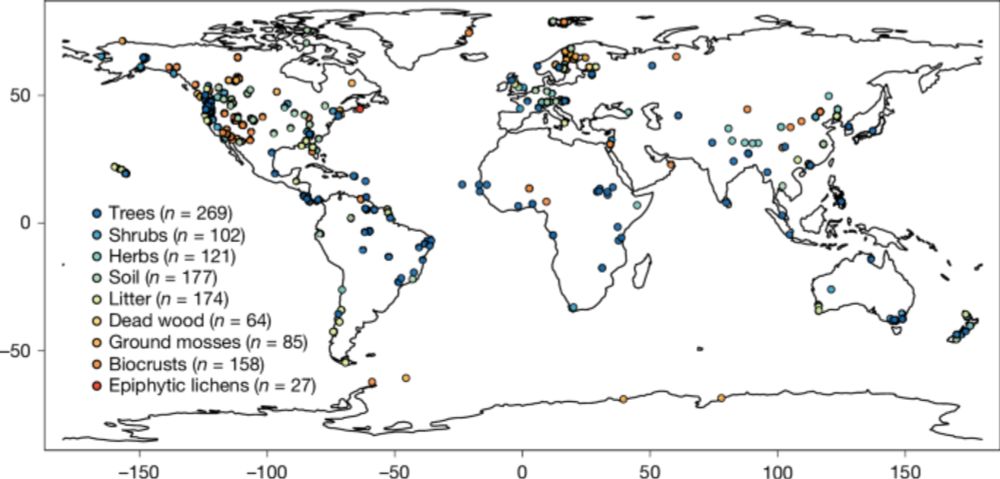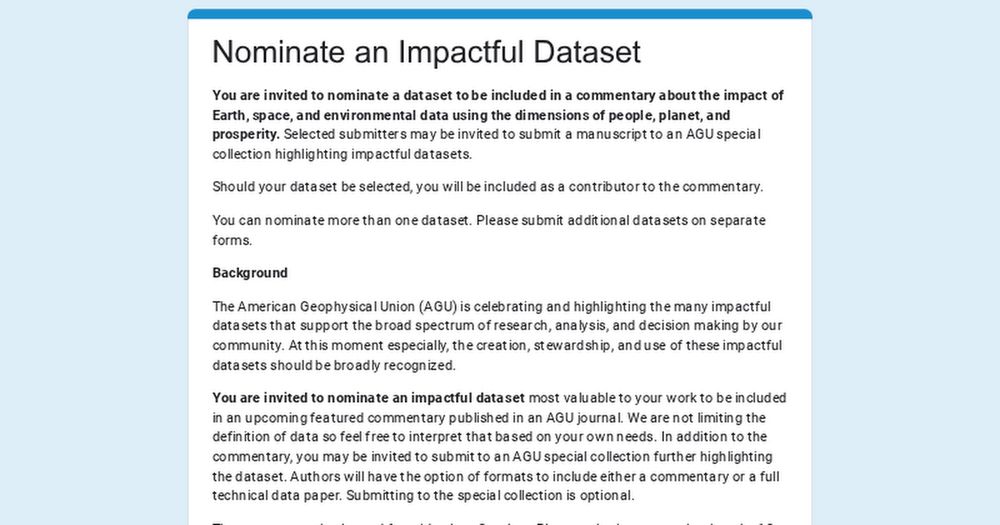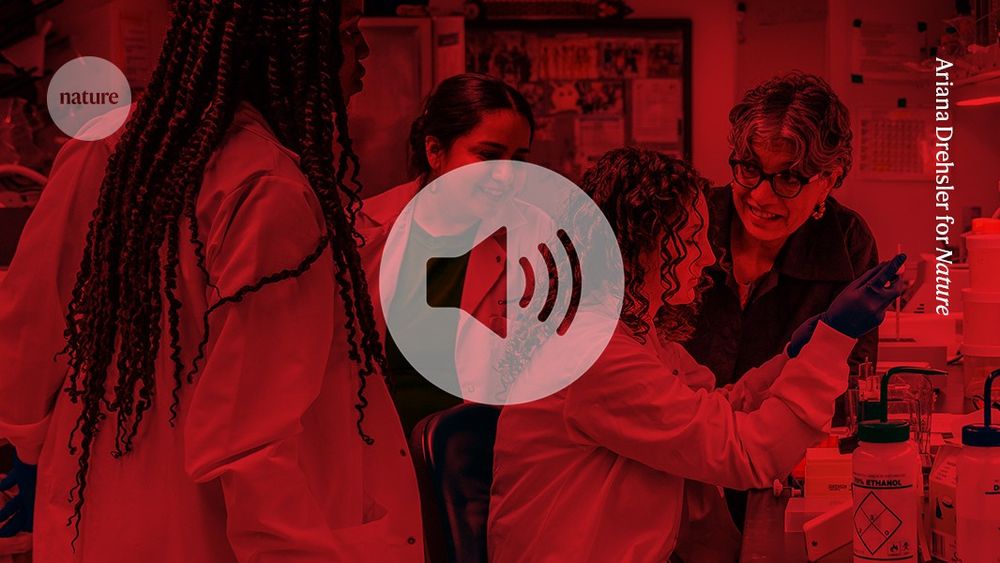Naomi S. Wells
@15nswells.bsky.social
290 followers
340 following
140 posts
Biogeochemistry, often using stable isotopes, trying to figure out where nitrogen goes (& sometimes also carbon). Working at Lincoln University (New Zealand). Wellesley College alum. Homepage: https://sites.google.com/view/wells-soil-and-water/home
Posts
Media
Videos
Starter Packs
Reposted by Naomi S. Wells
Reposted by Naomi S. Wells
Reposted by Naomi S. Wells
Reposted by Naomi S. Wells
Reposted by Naomi S. Wells
Naomi S. Wells
@15nswells.bsky.social
· Aug 6
Naomi S. Wells
@15nswells.bsky.social
· Aug 6
Reposted by Naomi S. Wells
Reposted by Naomi S. Wells
Ben Taylor
@taylorecolab.bsky.social
· Jul 17

Global terrestrial nitrogen fixation and its modification by agriculture - Nature
Biological nitrogen fixation may impose stronger constraints on the carbon sink in natural terrestrial biomes and represent a larger source of agricultural nitrogen than is generally considered in ana...
urldefense.proofpoint.com
Naomi S. Wells
@15nswells.bsky.social
· Jul 3
Naomi S. Wells
@15nswells.bsky.social
· Jul 2
Naomi S. Wells
@15nswells.bsky.social
· Jul 2
Reposted by Naomi S. Wells













